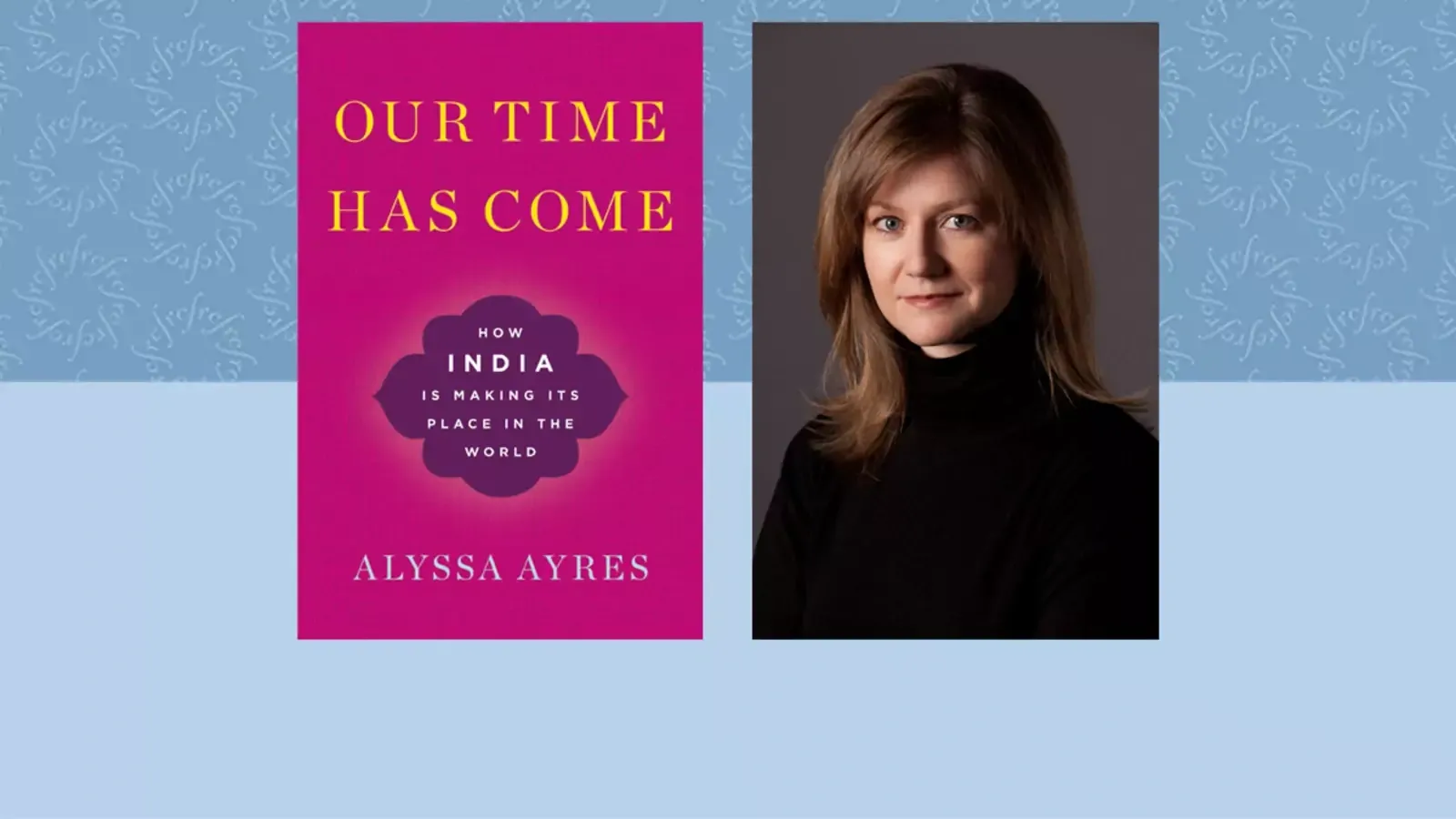Our Time Has Come

Introduction
How a fiercely independent India takes its place as a leading power needs to be on the shortlist of questions that will shape this century. With its huge military and growing economy, India is ready to set its own terms, from defense to climate to trade as a “leading power,” in the words of Prime Minister Narendra Modi.
Summary
Over the last twenty-five years, India’s explosive economic growth has vaulted it into the ranks of the world’s emerging major powers. Plagued by endemic poverty until the 1990s, India was also hamstrung by a burdensome regulatory regime that limited its ability to compete economically on a global scale. Since then, however, the Indian government has gradually opened up the economy and the results have been stunning. India’s middle class has grown by leaps and bounds, and the country’s sheer scale—its huge population and $2 trillion economy—means its actions will have a major effect on global issues, from world trade to climate change to democratization.
While India is on a path to becoming a great power, it has not abandoned domestic policies that hinder its ability to compete as a global power: its economy remains relatively protectionist, and it struggles with the legacy of its longstanding foreign policy doctrine of nonalignment. India’s vibrant democracy encompasses a vast array of parties that champion dizzyingly disparate policies. Additionally, India isn’t easily swayed by foreign influence; the country carefully guards its autonomy, in part because of its colonial past. For all of these reasons, India tends to move cautiously and deliberately in the international sphere.
In Our Time Has Come, Alyssa Ayres looks at how the tension between India’s inward-focused past and its integration into the global economy will shape its trajectory. She considers the role India is likely to play in the world as its prominence grows, taking stock of the implications and opportunities for the United States and other nations as the world's largest democracy defines its place in the world. India’s vastness, history, and diversity render it incomparable to any other democratic power. By focusing on how India’s unique perspective shapes its approach to global affairs, Our Time Has Come will help readers better understand the country’s place on the global stage.
Summary
Human Rights and Democracy in South Asia
-
How have Indian foreign policy makers viewed India’s role in the world over time? Across parties?
-
Discuss the evolution of the Indian economy since the onset of economic reforms. What are India’s biggest economic challenges? What does India seek in its international economic policies, and how do India’s trade positions differ from those of other countries?
-
How is India’s search for a larger global voice affecting global governance?
-
How does India employ “soft power” in its diplomacy?
Essay Topics
- How does India’s sense of sovereignty shape its positions on democracy and human rights, trade, and/or defense cooperation?
- Can India play a role as a global power while it still has so many domestic challenges to overcome? This book argues that the answer is yes; do you agree or disagree, and why?
Introductory Courses on Asia
Discussion Topics
- Discuss India-China relations, and how India is responding to China’s rapidly expanding presence in the South Asian region. You can focus on military expansions, deepened trade and investment ties, or the relationship of both.
- Japan, Australia, and India use the term and concept of an “Indo-Pacific” region, which has been taken up by the Trump administration. What strategic benefit does the Indian Ocean provide for Asia?
- While India is experiencing rapid economic growth, it has not followed the manufacturing-led growth pattern that has lifted other Asian countries out of poverty. India also does not contain close ties to the supply chains that have economically connected the interests of East and Southeast Asian countries with China. Why has this been the case, and what does it imply for the Indian economy?
Essay Topics
- How have India’s foreign and economic policies toward Asia evolved?
- Discuss the China-India-Pakistan strategic triangle.
Courses on U.S. Foreign Policy, International Trade, and National Security
Discussion Topics
- What role will India play in the twenty-first century and how should the United States develop ties with the country?
- How can the world’s two largest democracies, India and the United States, work together to uphold democracy around the world?
- How can U.S. companies overcome obstacles to doing business in India? What sectors should U.S. trade negotiators prioritize?
Essay Topics
- How should the United States and India further develop defense ties, especially with the new designation of India as a “major defense partner”?
- The Trump administration has embraced a larger role for India on economic development and infrastructure in Afghanistan. Kabul has welcomed closer ties with New Delhi, but in Pakistan, leaders say a larger Indian presence threatens their interests. What are U.S. national interests in this complex region, and where does India fit?
Supplementary Materials
Cohen, Stephen P., India: Emerging Power (Washington, DC: Brookings Institution, 2001).
Das, Gurcharan, India Unbound: The Social and Economic Revolution from Independence to the Global Information Age (New York: Anchor Books, 2002).
French, Patrick, India: A Portrait (New York: Alfred A. Knopf, 2011).
Luce, Edward R., In Spite of the Gods: The Strange Rise of Modern India (New York: Little, Brown, 2006).
Ogden, Christopher, Hindu Nationalism and the Evolution of Contemporary Indian Security: Portents of Power (Oxford: Oxford University Press, 2011).
Pande, Aparna, From Chanakya to Modi: The Evolution of India’s Foreign Policy (New Delhi: HarperCollins India, 2017).
Saran, Shyam, How India Sees the World: Kautilya to the 21st Century (New Delhi: Juggernaut, 2017).
Tanham, George K., Indian Strategic Thought: An Interpretive Essay (Santa Monica: RAND Corporation, 1992).
Tellis, Ashley J., “Are India-Pakistan Peace Talks Worth a Damn?,” Carnegie Endowment for International Peace, September 20, 2017.